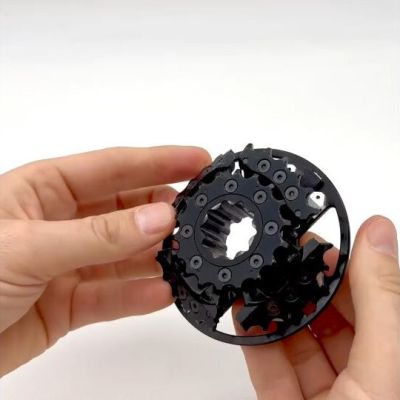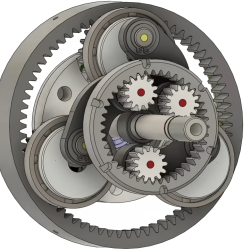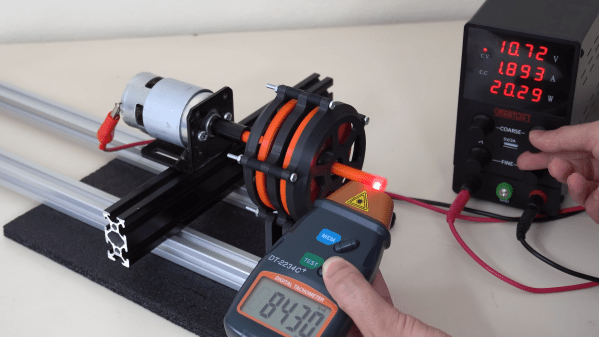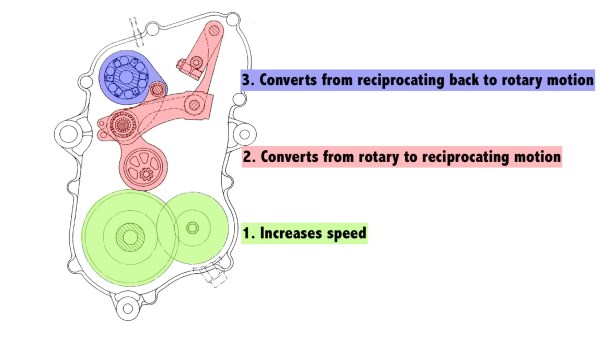You can get just about any gear reduction you want using conventional gears. But when you need to get a certain reduction in a very small space with minimal to no backlash, you might find a wave drive very useful. [Mishin Machine] shows us how to build one with (mostly) 3D printed components.
The video does a great job of explaining the basics of the design. Right off the bat, we’ll say this one isn’t fully printed—it relies on off-the-shelf steel ball bearings. It’s easy to understand why. When you need strong, smooth-rolling parts, it’s hard to print competitive spheres in plastic at home. Plastic BBs will work too, though, as will various off-the-shelf cylindrical rollers. The rest is mostly 3D printed, so with the right design, you can whip up a wave drive to suit whatever packaging requirements you might have.
Combined with a stepper motor and the right off-the-shelf parts, you can build a high-reduction gearbox that can withstand high torque and should have reasonable longevity despite being assembled with many printed components.
We’ve seen other interesting gear reductions before, too.




















